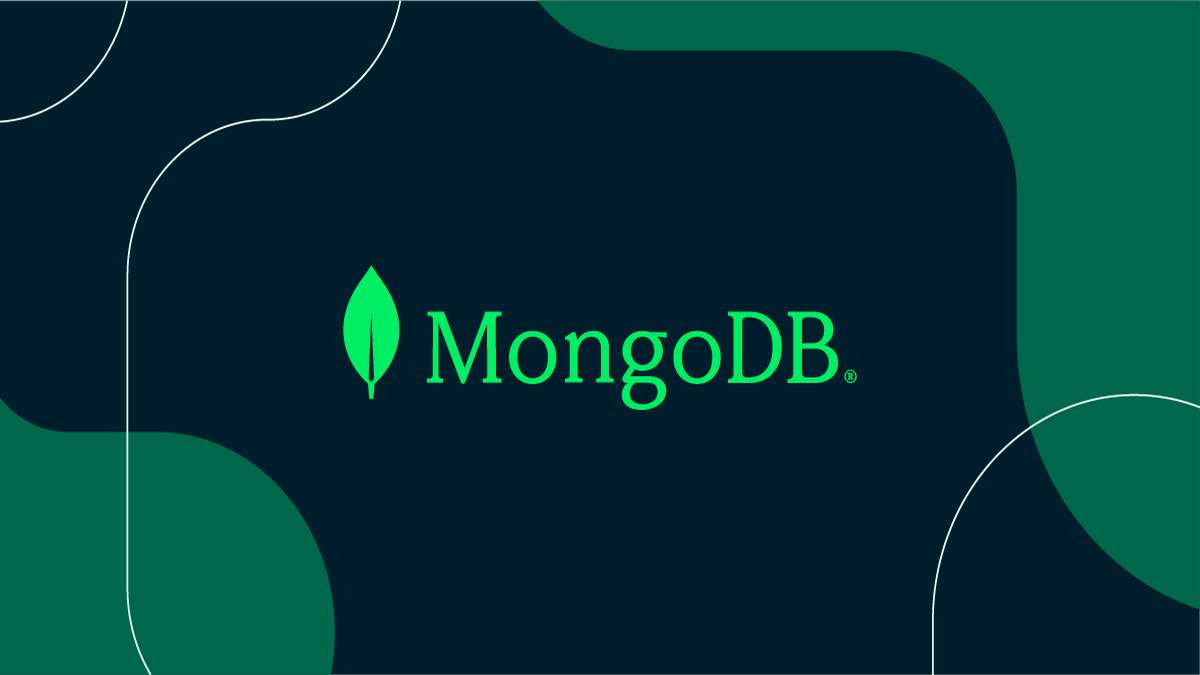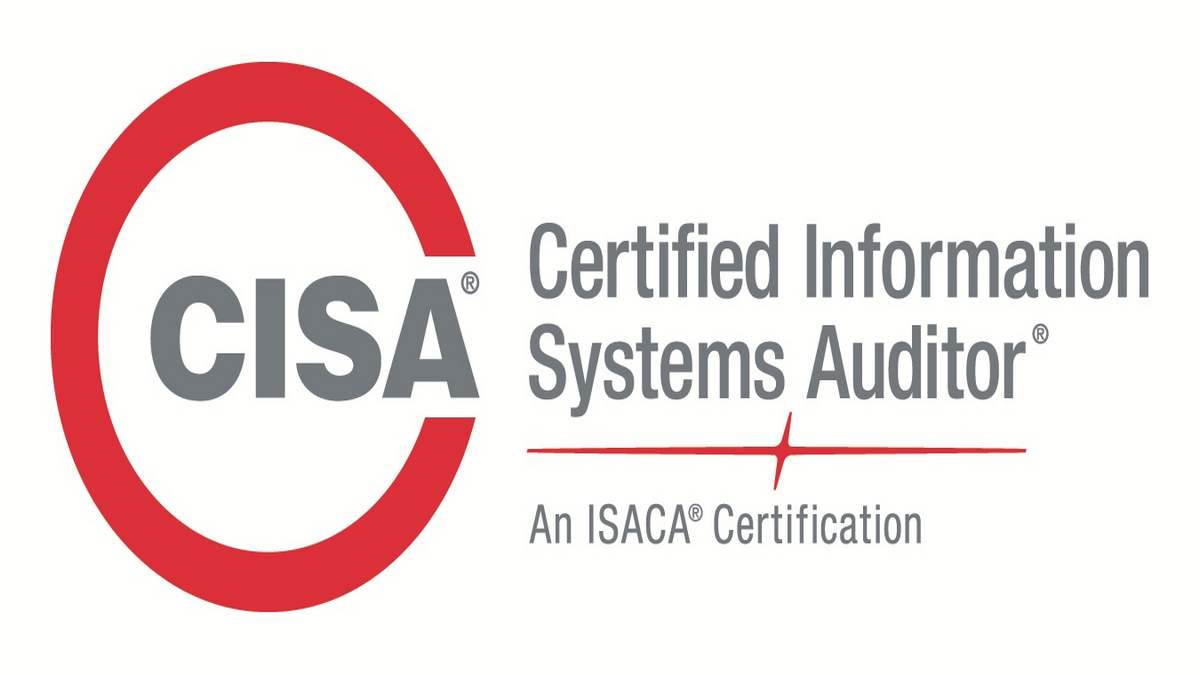
MongoDB could be a prevalent NoSQL database that gives adaptable and versatile arrangements for overseeing expansive volumes of information. With the increasing demand for real-time data integration and synchronization in modern data-driven applications, MongoDB provides a powerful feature called Change Data Capture (CDC). In this article, we will explore MongoDB CDC in detail and understand its benefits and implementation.
Introduction to MongoDB CDC
MongoDB CDC, moreover known as MongoDB Alter Information Capture, may be a highlight that permits you to capture and track the changes happening in your MongoDB database in real time. It enables you to stream database changes as they occur, making it easier to integrate MongoDB with other systems and build reactive applications.
CDC plays a vital part in online businesses managing advanced items. It guarantees that the information is synchronized in real-time over distinctive frameworks and applications. By using MongoDB CDC, businesses can achieve data consistency, enhance operational efficiency, and deliver an improved user experience.
How MongoDB CDC Works
The architecture of MongoDB CDC consists of several components that work together to capture and process data changes. The key components include the oplog, oplog tailing, and change stream.
The oplog, short for the operation log, is a unique MongoDB collection that records all write operations happening in the database. Oplog tailing involves continuously monitoring the oplog and capturing the changes in near real time. Change streams provide a way to access the oplog and consume the captured changes.
When a alter happens within the MongoDB database, such as an upgrade or an insert, it is recorded within the oplog. The oplog following prepare captures these changes and makes alter stream occasions, which can be devoured by applications or outside frameworks. This mechanism allows you to react to data changes immediately and trigger appropriate actions in response.
Implementing MongoDB CDC in Applications
To set up MongoDB CDC in your application, follow these steps:
Pre-requisites: Ensure that you have a MongoDB deployment capable of supporting CDC. MongoDB version 3.6 or higher is required.
Configuration and setup: Enable CDC on the MongoDB deployment by configuring the replica set with the appropriate settings. This involves setting the ‘replication.oplog.rs’ and ‘replication.enableMajorityReadConcern’ options.
Best practices: Consider the best practices for implementing CDC in your application. These may include setting appropriate read preferences, monitoring the oplog size, and optimizing your application to handle the increased data flow.
By following these steps and adhering to best practices, you can successfully implement MongoDB CDC in your application and leverage its benefits.
Use Cases and Benefits of MongoDB CDC
MongoDB CDC offers several use cases and benefits for businesses:
Real-time data replication: CDC enables real-time replication of data changes, ensuring that the data remains consistent across multiple systems and databases.
Event-driven architectures: CDC facilitates the creation of event-driven architectures, where applications can react to data changes and trigger actions accordingly.
Real-time analytics and reporting: By capturing and streaming data changes in real-time, CDC empowers businesses to perform real-time analytics and generate up-to-date reports.
Data integration: MongoDB CDC simplifies the process of integrating MongoDB with other systems, such as data warehouses, messaging queues, and streaming platforms.
E-commerce applications: MongoDB CDC is particularly beneficial for online businesses dealing with digital products. It ensures that inventory, pricing, and other crucial data are synchronized in real-time, providing a seamless customer experience.
Data synchronization across multiple regions: For businesses operating in multiple regions, MongoDB CDC helps in keeping the data consistent and up-to-date across different geographical locations.
Challenges and Considerations with MongoDB CDC
While MongoDB CDC offers significant advantages, it is important to be aware of its challenges and considerations:
Performance impact: Enabling CDC can have an impact on the performance of your MongoDB deployment. Monitoring the oplog size and optimizing the application can help mitigate this impact.
Security and data governance: When capturing and streaming data changes, it is crucial to consider security and data governance aspects. Implement proper authentication and access controls to protect sensitive data.
Operational complexity: CDC introduces additional complexity to the overall system architecture. Proper planning and monitoring are necessary to ensure smooth operation and efficient utilization of resources.
Schema changes: CDC may require you to handle schema changes in a consistent and compatible manner across all systems and applications consuming the CDC stream.
Future Trends and Innovations in MongoDB CDC
Looking ahead, MongoDB CDC is expected to witness further advancements and play a crucial role in the evolving data management landscape. Some future trends and innovations include:
Cloud-native CDC: With the increasing adoption of cloud technologies, MongoDB CDC is likely to evolve to provide seamless integration and synchronization in cloud-native environments.
Enhanced scalability: MongoDB CDC is expected to become even more scalable, allowing businesses to handle larger volumes of data changes efficiently.
Deeper integration: Integration of CDC with other MongoDB features and services will enable more comprehensive data management and analytics capabilities.
Change data enrichment: Future advancements may include the ability to enrich the captured change data with additional contextual information, enabling more advanced analysis and processing.
In conclusion,MongoDB Change Data Capture (CDC) is a powerful feature that enables real-time data integration and synchronization in MongoDB. By capturing and streaming data changes, businesses can achieve data consistency, enhance operational efficiency, and leverage real-time analytics. However, it is important to consider the challenges and best practices associated with implementing CDC. Looking towards the future, MongoDB CDC is poised to further evolve and meet the demands of modern data architectures.



